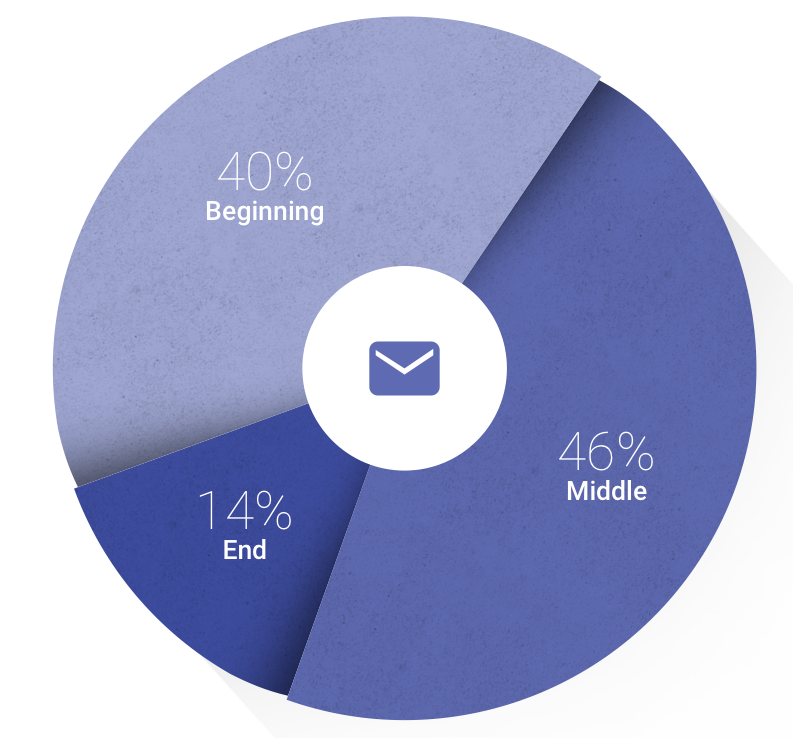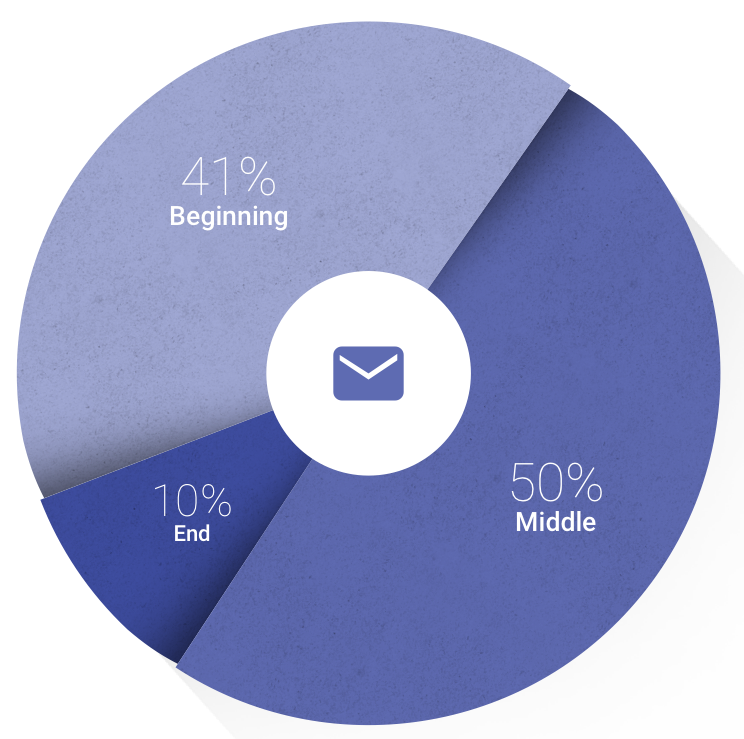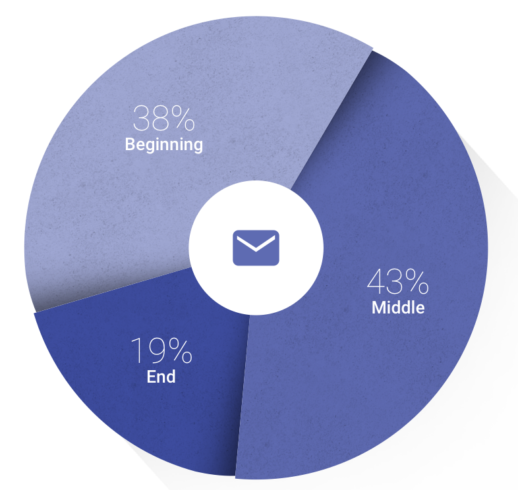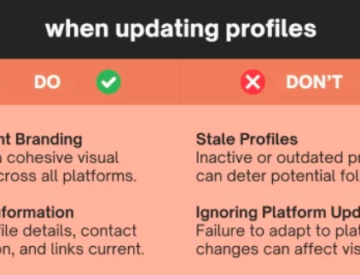 When it comes to online marketing effectiveness and driving both traffic and conversions to a website, brands have plenty of options to choose from: direct traffic, organic vs. paid search, email, social media, display banners, referral traffic, etc.
When it comes to online marketing effectiveness and driving both traffic and conversions to a website, brands have plenty of options to choose from: direct traffic, organic vs. paid search, email, social media, display banners, referral traffic, etc.
But as we can suspect, these channels don’t necessarily have the same level of effectiveness depending if we are a small, medium or large organization. Results will also vary greatly depending on which industry we may evolve in – brand paid search may work well in travel but less so in sports or home & garden, for example.
The Customer Journey to Online Purchase
A recent Think with Google report takes a closer look at millions of consumer interactions through Google Analytics in order to understand how various digital marketing channels affect the online purchase decision-making process.
The results are sometimes surprising and the tool is dynamic, allowing us to the compare the effectiveness of digital channels for small, medium and large businesses, segmented according to 19 different verticals in eight countries: Australia, Brazil, Canada, France, Germany, Japan, USA and the United Kingdom.
Some people often mistakenly think that customers in Canada are the same than in the United States. Exploring how online travel marketing channels for small businesses in Canada influence the purchase decision for example, we can see direct traffic and generic paid search are the key drivers, at the last online interaction level.

Compare this with the same criteria, i.e. small organizations, in travel, but applied for United States customers and we see right away that digital marketing channels don’t have the same influence. In fact, it appears quite clearly that email holds a much bigger level of influence at the last interaction stage, at least compared to what we see within the Canadian market.

We also notice brand paid search and referral traffic both play a bigger role as an assist interaction within the purchase decision, in fact slightly more in Canada than in the US.
Channel position on the path to purchase
A small travel brand seeking to influence customers in the US should therefore include email as a key component of its digital marketing approach, since it holds an influential position more often at the last interaction stage, which means ecommerce (bookings and revenues) on transactional sites.
But how exactly does email influence a potential traveler in its decision to choose a hotel, restaurant or even destination? Or more specifically, at what stage of the decision-making will the email or newsletter hold its best impact?

Google suggests that, in the beginning phase of the purchase funnel, email campaigns help building awareness about your product, service or destination. In the middle phase, it creates desire and should boost interest with promotional offers, exclusive deals or behind-the-scene content, for example.
Finally, the end stage is when we seal the deal. As we can see from the above pie chart, email campaigns seem to be most effective at the beginning and middle phases of the purchase decision process, at least for small businesses in travel, in the US. If you take a look at different countries, results will vary, as we can see below with the same criteria, but looking at the UK market.

These findings correlate some of the differences highlighted previously here on this blog when we addressed How Buying Travel Differs: US vs UK.
The importance of multi-channel
Online marketing has been growing in complexity for all brands, no matter in what industry they evolve, as can be seen from this Google analysis. For travel brands, it shows a clear message that it longer suffice to simply look at display banners or focus on branded paid search for your hotel, airline or restaurant.
Savvy online travel marketing now means brands must embrace the different tools available and use them according to their perceived effectiveness in each target market for the brand.
Beyond multi-channel, we are now also seeing omni-channel marketing in travel, which adds more layers of complexity when we know consumers use various devices and channels throughout their decision-making process.
Thus, it’s important to have a clear strategy in place and to measure the right things in order to track progress and optimize how marketing dollars will be spent.
Download the free report: Measure What Matters Most










Leave a Reply